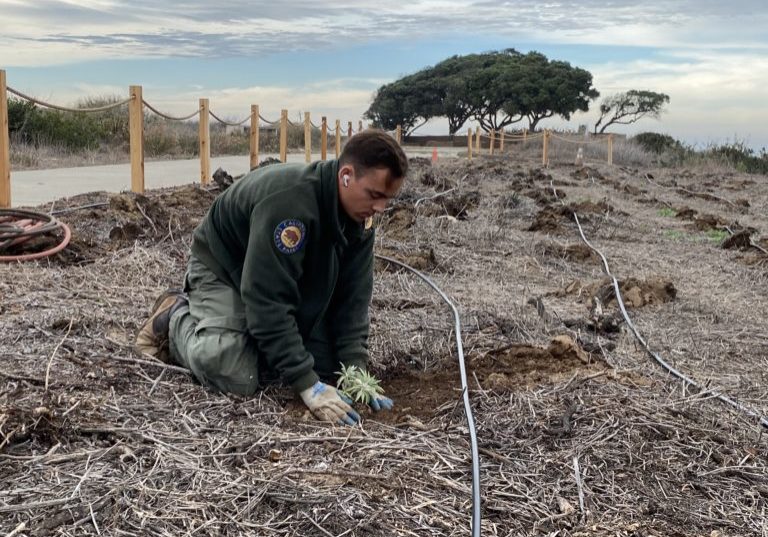Endangered species are at risk of extinction due to various threats, including habitat loss, poaching, climate change, and pollution. The loss of these species not only impacts biodiversity but also disrupts ecosystems and jeopardizes the delicate balance of our planet’s ecosystems. It is our responsibility to protect these endangered species and ensure their survival for future generations. In this blog, we will explore effective strategies for protecting endangered species and creating a sustainable future for our wildlife.
Understanding the Importance of Endangered Species
- Highlight the significance of biodiversity and the role of endangered species in maintaining healthy ecosystems.
- Discuss the intrinsic value of wildlife and the need for ethical and moral responsibility in protecting endangered species.
- Emphasize the benefits of conserving endangered species for ecological, cultural, and economic reasons.
Protecting and Restoring Habitats
- Discuss the importance of preserving and restoring natural habitats for endangered species.
- Highlight the need for creating protected areas, managing ecosystems effectively, and reducing habitat loss and fragmentation.
- Explore strategies such as habitat restoration, reforestation, and sustainable land management practices.
Combatting Poaching and Illegal Wildlife Trade

- Discuss the devastating impacts of poaching and illegal wildlife trade on endangered species.
- Highlight the need for strengthening anti-poaching efforts, implementing stricter laws and regulations, and increasing enforcement.
- Explore the role of community-based conservation initiatives, engaging local communities, and promoting sustainable livelihoods as alternatives to poaching.
Addressing Climate Change and Pollution
- Discuss the impacts of climate change and pollution on endangered species and their habitats.
- Highlight the need for mitigating climate change through reducing greenhouse gas emissions, adapting to changing conditions, and protecting vulnerable habitats.
- Explore strategies for reducing pollution, including plastic pollution, water pollution, and air pollution, and their impacts on endangered species.
Promoting Sustainable Human-Wildlife Coexistence
- Discuss the importance of promoting sustainable human-wildlife coexistence for protecting endangered species.
- Highlight the need for addressing human-wildlife conflicts, promoting responsible ecotourism, and minimizing human encroachment on habitats.
- Explore strategies such as community-based conservation, creating wildlife corridors, and education and awareness programs for promoting sustainable human-wildlife coexistence.
Conservation Breeding and Reintroduction Programs
- Discuss the role of conservation breeding and reintroduction programs in protecting endangered species.
- Highlight the need for genetic diversity and healthy populations for long-term survival.
- Explore the challenges and successes of conservation breeding and reintroduction programs, including habitat suitability, population monitoring, and stakeholder engagement.
Engaging in Advocacy and Policy Initiatives
- Discuss the importance of advocacy and policy initiatives in protecting endangered species.
- Highlight the need for strong policies, regulations, and international cooperation to protect endangered species.
- Explore strategies for engaging in advocacy efforts, supporting conservation organizations, and influencing policy decisions to protect endangered species.
Educating and Raising Awareness
- Discuss the importance of educating and raising awareness among individuals, communities, and societies about endangered species.
- Highlight the need for spreading knowledge about the importance of biodiversity, the threats faced by endangered species, and the role of conservation efforts.
- Explore strategies for educating and raising awareness through schools, media, campaigns, and outreach programs.
Protecting endangered species is a critical responsibility for preserving biodiversity, maintaining healthy ecosystems, and ensuring a sustainable future for our planet. By implementing conservation and restoration of habitats, combatting poaching and illegal wildlife trade, addressing climate change and pollution, promoting sustainable human-wildlife coexistence, implementing conservation breeding and reintroduction programs, engaging in advocacy and policy initiatives, and educating and raising awareness, we can take steps towards protecting endangered species and creating a better future for our wildlife. It requires collective efforts from individuals, communities, governments, and organizations to address the various threats faced by endangered species and implement effective strategies for their protection.
As individuals, we can make a difference by making conscious choices in our daily lives, such as supporting sustainable and responsible wildlife tourism, reducing our carbon footprint, and being mindful of our consumption habits. We can also educate ourselves about endangered species, their habitats, and the challenges they face, and raise awareness among others through social media, volunteering, and participating in conservation campaigns.
Communities can play a crucial role in protecting endangered species by engaging in community-based conservation initiatives, promoting sustainable livelihoods for local communities, and involving them in decision-making processes. Communities can also work towards reducing conflicts between humans and wildlife, protecting natural habitats, and supporting conservation efforts through local partnerships and collaborations.
Governments and organizations have a significant role to play in implementing policies, regulations, and enforcement mechanisms to protect endangered species. This includes creating protected areas, managing natural resources sustainably, implementing conservation breeding and reintroduction programs, and cracking down on illegal wildlife trade and poaching. Governments and organizations can also support research, monitoring, and conservation initiatives, and promote international cooperation to address transboundary conservation issues.

